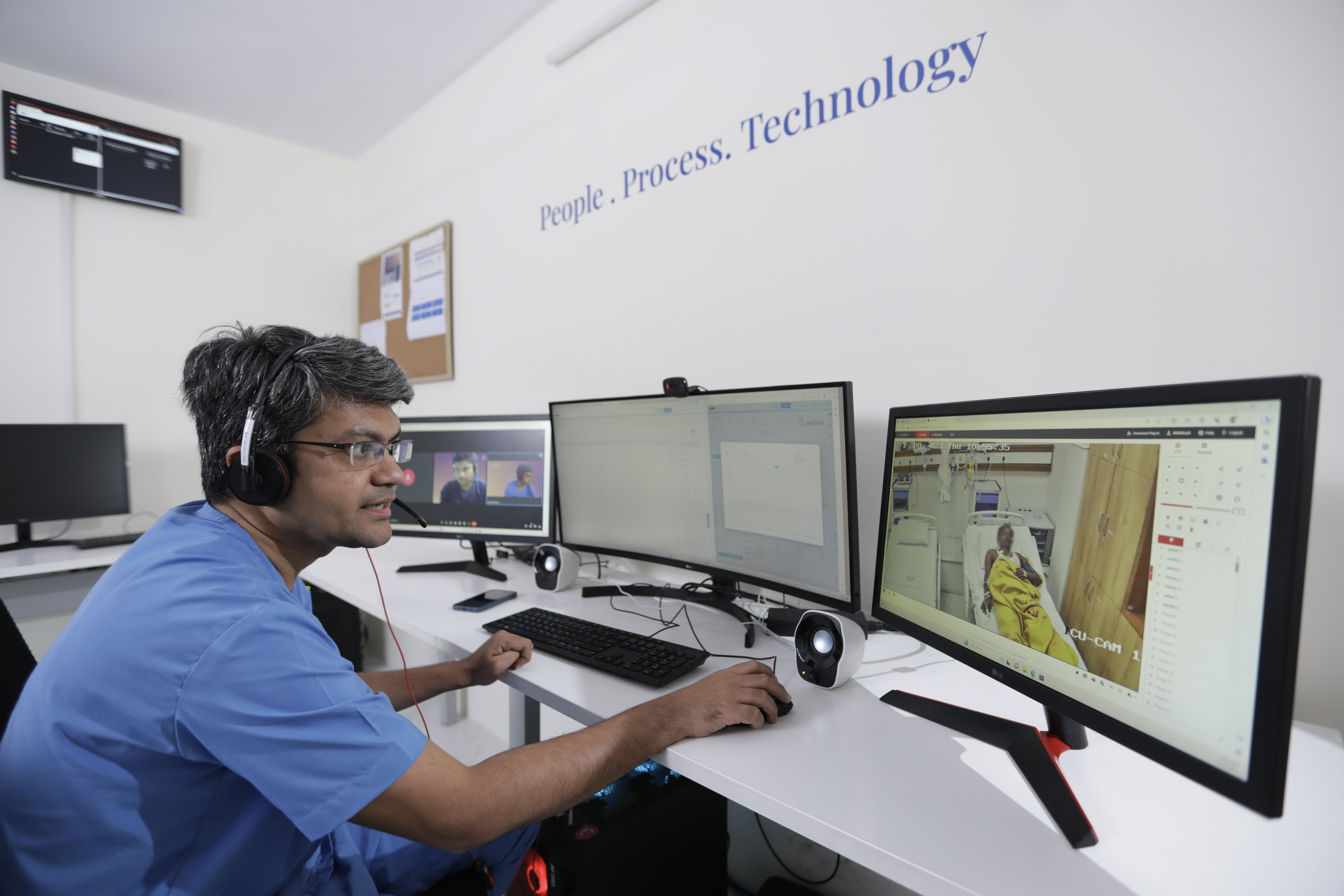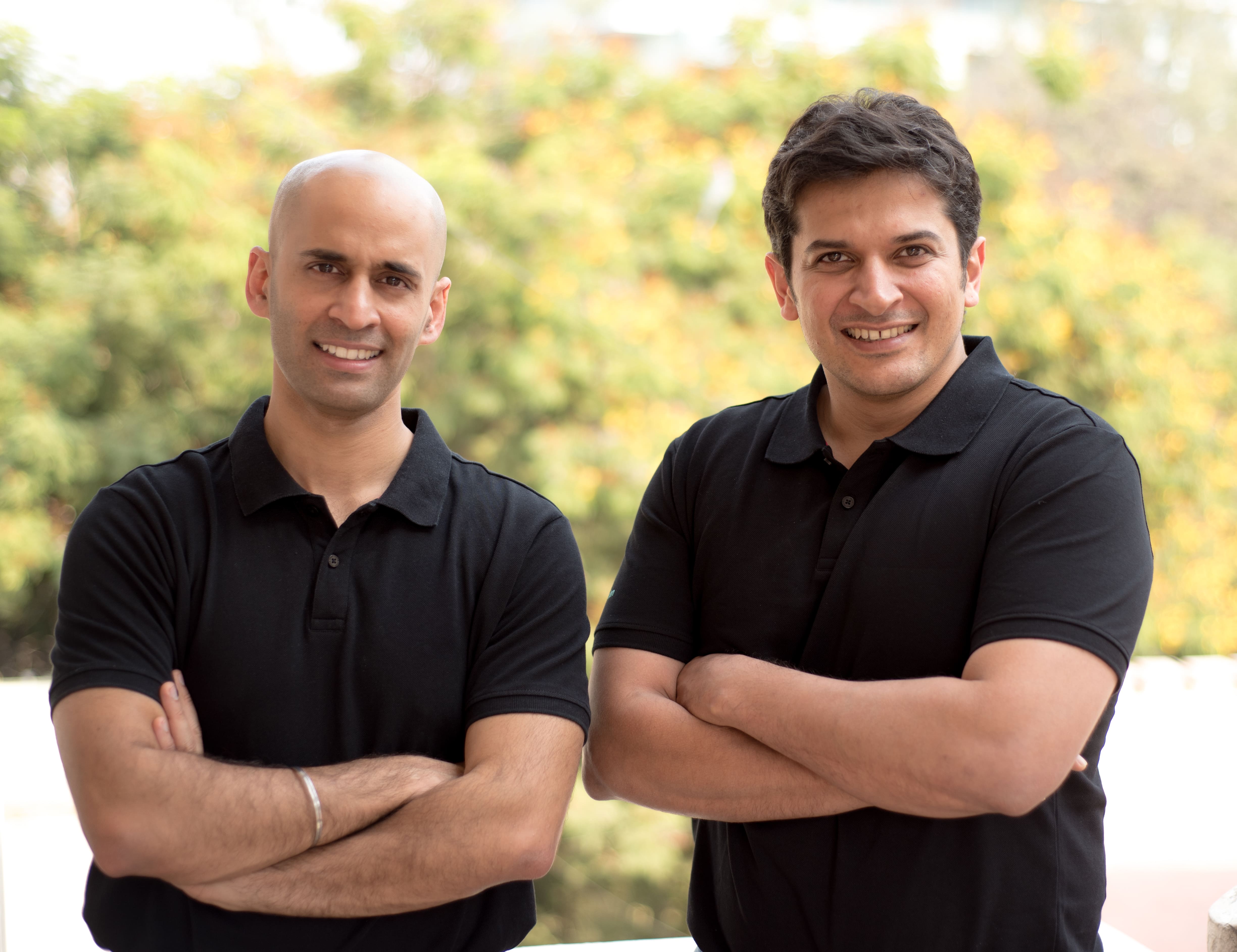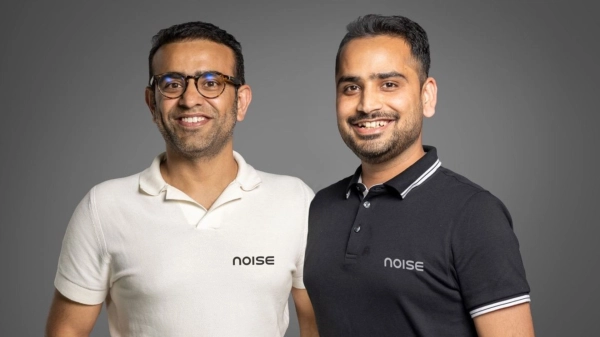Amid Intensivist Shortage, Where India Stands & What's The Way Forward?

According to data, the intensivist-to-bed ratio in India stands at 1:75, highlighting the grave shortage of specially skilled physicians equipped to handle patients requiring critical care.
In a remote town of Bihar, about 70 km from Bihar’s capital, Patna, a young 24-year-old man Sharif met with a severe accident. His thigh bone was broken and the fat from the broken bone entered his lungs causing respiratory failure. The situation was critical. It was essential to begin intensive care in a local hospital as a long ambulance ride to the capital city of Patna would’ve been risky.
He was immediately taken to the nearby Nalanda Bone and Spine Centre. However, there was a major problem. Like most hospitals in India’s Tier-II and Tier-III cities, this hospital, too, lacked an intensivist, a full-time super-specialist assigned to ICU/CCU. This is when a team of specially trained doctors sitting 2000 km away in Bengaluru sprang into action to provide virtual ICU support.
They guided the bedside team to set up ventilator and critical care equipment which relayed the real-time patient data straight from ICU helping them manage patient's care remotely. After 12 days in the ICU, the patient was taken off the ventilator and eventually returned home to his family.
The incident is just one of the hundreds such cases handled daily by a team of skilled doctors at Cloudphysician, a Smart-ICU solution provider on a mission to transform the delivery of critical care.
“Delayed interventions, inadequate monitoring, and heightened burdens on existing medical staff leaves critically ill patients in the lurch,” said Dr Dileep Raman, cofounder and Chief Healthcare Officer of Cloudphysician.

Intensivist monitoring patient virtually through his screen at centre in Bengaluru. (Source: Special arrangement with Cloudphysician)
How did Cloudphysician’s Journey Begin?
Both Dileep and his cofounder Dr Dhruv Joshi met in the US during their fellowship. However, their passion to solve for India’s healthcare problems eventually brought them back to India.
They identified a gap in India's healthcare system: Limited high-quality care and, in most cases, inaccessible particularly for critically ill patients in smaller towns. While travelling across the country’s rural areas, they quickly realized that the resource intensive and expensive care model of the West wouldn’t work in India.
This sparked the idea for Cloudphysician: a technology-driven solution to bridge the gap by extending the reach of skilled specialists and ensuring quality care at an affordable cost.
“Imagine an ICU in a small Indian community hospital, far from a specialist. A patient battles a critical condition. This is where Cloudphysician's Smart-ICU steps in. We leverage technology to bring the best critical care to even the most understaffed ICUs, 24/7. It's like having an extra pair of expert eyes on every patient, improving outcomes and saving lives!” said Dr Dileep.

(L-R) Dr Dileep Raman, cofounder and Chief of Helathcare, Cloudphysician; Dr Dhruv Joshi, cofounder and CEO, Cloudphysician
India’s Intensivists shortage
India's ICU mortality rate is higher compared to several regions globally.
Reportedly, the mortality in Indian ICUs range from approximately 10% to 30%, with higher rates observed in cases of severe illnesses such as sepsis, acute respiratory distress syndrome (ARDS), and multi-organ failure.
This is significantly higher considering ICU mortality rates in the United States and European countries which have been reported to range from 8% to 19% on average, depending on the type of ICU and patient population.
One of the factors contributing to it, is the lack of availability of trained intensivists. According to data, the intensivist-to-bed ratio in India stands at 1:75, highlighting the grave shortage of specially skilled physicians equipped to handle patients requiring critical care.
“There are around 300,000 ICU beds in the country but very few trained ICU specialists, less than 4,000. This scarcity strains critical care services, leading to compromised patient care, increased mortality rates, and overwhelmed healthcare systems,” added Dr Dhruv Joshi, cofounder & CEO of Cloudphysician.
Even among Intensivists available in India, urban/semi-urban/rural divide is stark. As most of the ICU super specialists are concentrated in metro cities and in large corporate hospitals critically ill patients in remote or rural parts of India are deprived of their services.
Additionally, every region in the country faces a unique set of challenges. For example, in Kerala skyrocketing healthcare costs threaten affordability, whereas in UP’s Mathura, the issue is different - a strong demand for quality care outstrips the available resources.
“In most parts of the country, access to medical devices and equipment is not a major challenge. However, the key piece missing is the skill required to deliver tertiary care,” Dr Dhruv explained.

Smart Camera installed to relay live visuals from ICU (Source: Special Arrangement from Cloudphysician)
Cloudphysician’s Role in Bridging the Gap
Cloudphysician’s Smart-ICU platform acts like a virtual ICU for hospitals. It uses cloud-based software, data analysis, and video conferencing to connect its critical care specialists with patients in real time.
This platform continuously monitors patients' vitals, medications, and other data, allowing the specialists to support bedside teams and provide immediate interventions when needed. The technology works on broadband and 4G networks.
It also uses "Smart-Cameras" with AI and machine learning to automatically gather data from patient monitors. These high-resolution cameras rotate 360 degrees, allowing a doctor sitting at the console thousands of kilometers away to see the color of a patient's pupil and even the texture of tongue.
This frees up doctors and nurses from tedious tasks, reduces burden of the overworked providers and allows them to focus on what matters most - their patients.
The system analyzes data generated from ICU in real-time, constantly learning and identifying potential issues. This combination of human expertise and AI intelligence leads to smoother workflows and ultimately, better patient care.
Since its inception in 2017, Cloudphysician has so far served over 95,000 ICU patients across 100+ cities and towns.
Bedside team provides care with assistance from Cloudphysician intensivist. (Source: Special arrangement with Cloudphysician)
Thriving on a Connected Care Model
Cloudphysician has built a countrywide network of 200+ hospitals across 100+ cities and towns to enable connected care.
Depending on the needs of the hospital, whether it's just advanced ICU monitoring (RADAR) or a full ICU setup, the team provides tailored technology solutions. This ensures seamless integration with the hospital’s existing system.
Experts from Cloudphysician also train the network hospital doctors for two weeks to familiarize them with the workflow process. However, it isn’t just one-time training. These experts provide continuous support and training to the on-ground hospital staff from time to time.
Nurses monitoring patients virtually through the screens at Cloudphysician centre in Bengaluru. (Source: Special arrangement with Cloudphysician)
NICU- Providing Remote Care to Infants
In the last few years, cases of mass infant mortality in India have highlighted the grave crisis of lack of neonatal care facilities in the country. Critically ill babies, needing immediate intervention from rural/remote areas of the country, succumb to death in absence of skilled doctors and advanced care.
Recently, in Maharashtra’s Nanded, the death of 12 infants in one day caused a huge uproar. Reportedly, the overcrowded neonatal unit, lack of proper infrastructure, and hygiene issues were highlighted as contributing factors to the tragic incidents.
It is, however, not an isolated case, but only one of those that are widely reported.
The critical need to address these issues led to NICU establishment at Cloudphysician.
Dr Geetanjali, consultant neonatologist and operations head for Pediatrics and NICU at Cloudphysician said, “Newborn babies, especially premature ones, are incredibly fragile. We saw a chance to improve their survival and well-being with specialized care. That sparked the NICU vertical - a dedicated environment with advanced technology and specially trained staff.”
However, the task wasn’t easy. Caring for these tiny patients comes with immense challenges. Since the infant’s body is still developing, it makes diagnosis and treatment response prediction difficult.
Even though the doctors are sitting on the other side of the screen and caring for patients off-site, it does take an emotional toll on them.
“But that's exactly what keeps me going,” Dr Geetanjali said.
“Seeing a fragile baby grow stronger, leave the NICU healthy, and thrive – that's the reward.”
Stay tuned for more such updates on Digital Health News


















